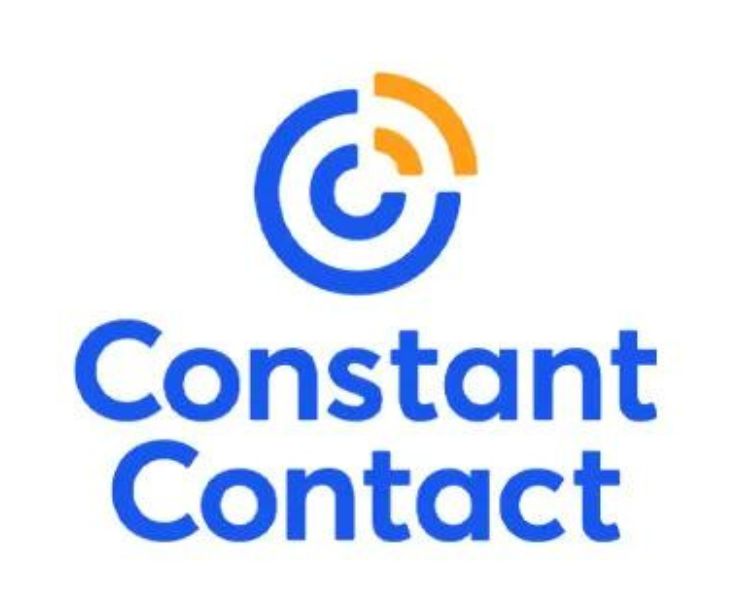
Zoom is widely used in healthcare, and it's HIPAA compliant, broadly secure, and easy for most people to use. However, when it comes to teletherapy, it's not only about HIPAA guidelines. While Zoom can be used for teletherapy, It's about how you use it and with whom.
Teletherapy in a remote-friendly world
Teletherapy has become routine over the last few years and even expanded access to mental health care. According to the American Psychological Association, "96% of psychologists who responded said that telehealth is effective therapeutically."
Zoom, in particular, has become the standard video platform for therapists. They even have specialized accounts for healthcare.
Related: How to make sure your Zoom meeting is secure
So, is Zoom HIPAA compliant?
In a nutshell, Zoom can be configured for HIPAA compliance, but there are many factors for covered entities to remember when using the platform. Please read the complete guide to Zoom HIPAA compliance for a more in-depth rundown, but for now, it's enough to know you can use Zoom for teletherapy.
However, the video platform is only a part of the process. There are four other components to secure, HIPAA compliant teletherapy:
- Secure scheduling
- Secure emailing
- Patient privacy during the therapy session
- Ongoing treatment outside of the sessions
1. Secure scheduling
HIPAA compliance requires counselors and therapists to protect patient information at all times. And that includes when scheduling appointments too.
Best practices for appointment scheduling software
Here are a few key features to consider when choosing an appointment scheduling software:
- The provider will sign a business associate agreement (BAA)
- Email or text notifications don't include protected health information (PHI), or they are encrypted.
- Syncing with third-party calendars is disabled or is HIPAA compliant
- Access only for authorized users
- The ability to customize privacy and security settings to meet your healthcare organization's needs
Related: Best HIPAA compliant appointment scheduling software (and which to avoid)
2. HIPAA compliant emailing
Patients will email you about their Zoom appointment link, mental health, etc. HIPAA compliant email is a must both before and after teletherapy sessions.
It's near impossible to ensure you'll never include PHI in an email, so the only sustainable solution is to make all your emails with patients HIPAA compliant.
3. Patient privacy during the therapy session
Using Zoom for teletherapy means you can't control the patient's environment. Check in with your patient to ensure they're in a private space where they won't be overheard. Make sure you're in a quiet, private area as well.
Also, be sensitive, and avoid showing PHI on screens where it could be captured by a screenshot tool or seen by someone else.
4. Ongoing therapy outside of the sessions
Following up with patients outside of therapy sessions might be a one-on-one email thread, but you might also create programmatic email newsletters. In this case, newsletters or "drip campaigns" must also be HIPAA compliant, even without obvious PHI. For ongoing patient newsletters, you should still use HIPAA compliant email marketing to ensure compliance.
Concerns with using Zoom for teletherapy
While teletherapy has undoubtedly expanded access to therapy for many through increased accessibility, convenience, and comfort, there are issues beyond regulatory compliance.
- Technical issues: Technical issues such as poor internet connection, lag, and video or audio glitches can disrupt therapy sessions and make it difficult to have a productive conversation.
- Privacy concerns: Clients may be concerned about the privacy and security of their personal information when using video conferencing software, especially if they are unfamiliar with the technology.
- Lack of nonverbal cues: Nonverbal cues are important to communication and can be harder to read or interpret during teletherapy sessions.
- Difficulty with building rapport: Some clients may find it harder to build rapport with their therapist when they are not in the same room. This can be especially challenging for clients new to therapy or struggling with social anxiety.
Can Zoom be used for teletherapy?
Yes. Zoom can be used for teletherapy, but it has its benefits, concerns, and drawbacks. Ultimately, the effectiveness of teletherapy will depend on each individual client's needs and preferences, as well as the therapist's experience and ability to adapt to the unique challenges of remote therapy.
Subscribe to Paubox Weekly
Every Friday we'll bring you the most important news from Paubox. Our aim is to make you smarter, faster.

 Dean Levitt
Dean Levitt



